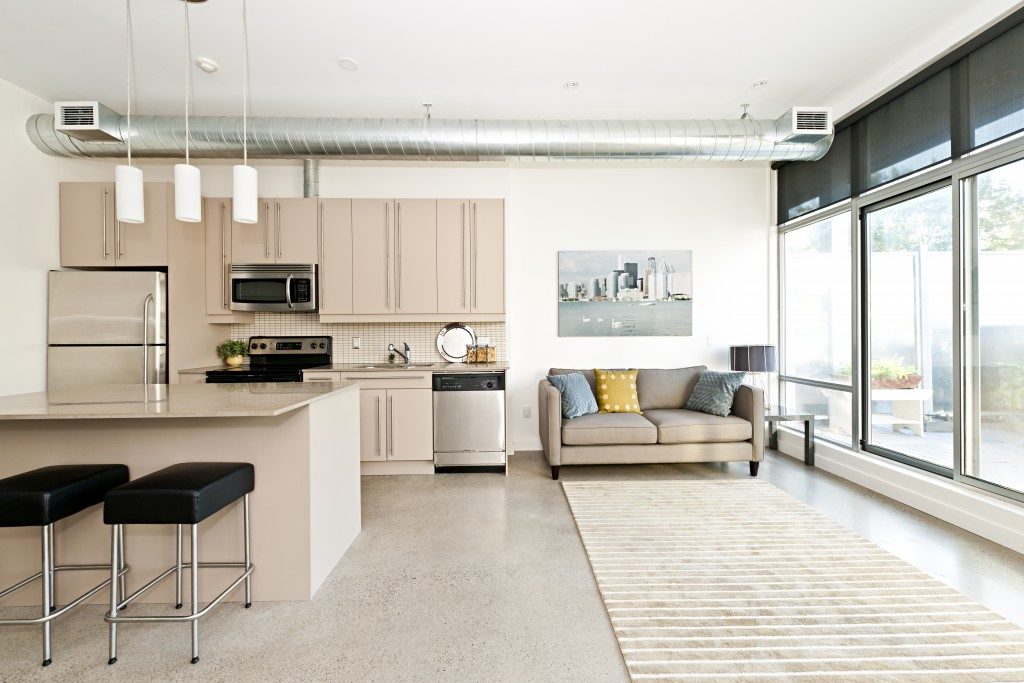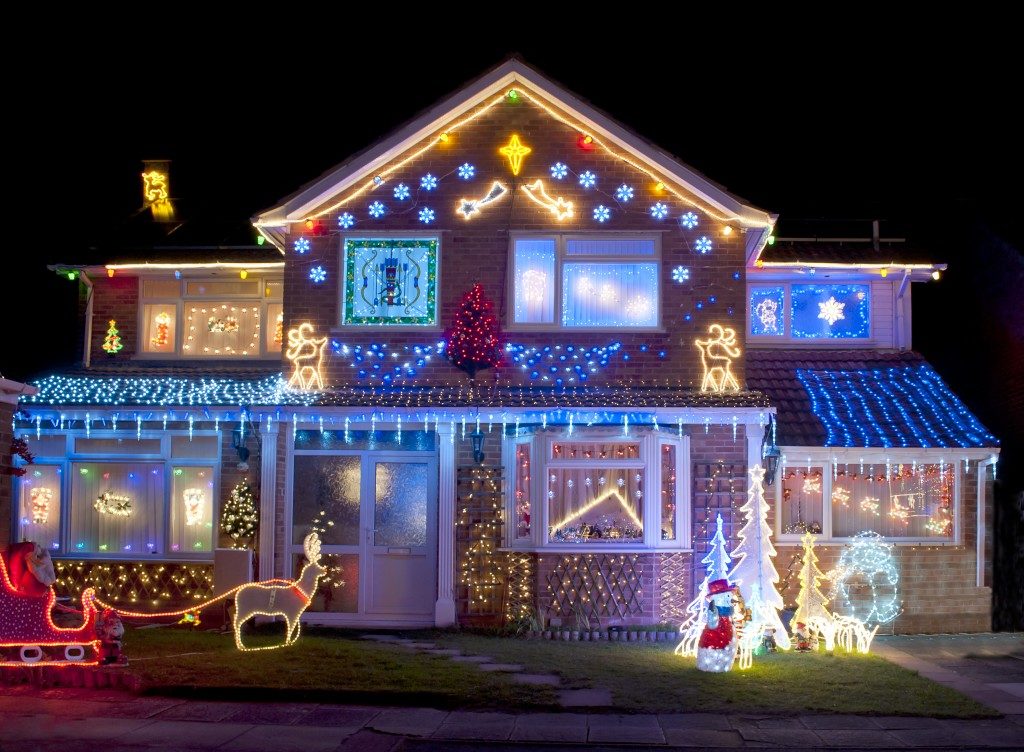For the most part, interior design isn’t really about changing a space — it’s more of changing the perception of a space. In short, designs are only optical illusions. Regardless of the square footage you have, you can make a room larger, smaller, tighter, or wider than it is, depending on what you need and want, if you do know how elements in interior design work. The problem comes when you’re entirely unaware of how they function. You may be inadvertently making a tiny space smaller than it’s supposed to be. That said, be conscious of how these features in your home create optical illusions:
Colors
More than influencing the mood in the space, colors can also affect the depth of the room. For instance, lighter colors can make the illusion of expansiveness. It’s airy and bright, so it makes the area appear larger. This is why this is best used in cramped areas, say, reading nooks, attics, or tiny bathrooms. Of course, you can apply light hues in already-big zones of the house, but you should know that this can create an atmosphere of being cold and stiff. If you have a huge dining room, and you would want to make it a little intimate so you can better enjoy conversations over food, that may not be possible with a backdrop of pure white walls. What you need are darker hues. These can help in creating the illusion of tight walls, which can make for that intimate vibe.
Furniture
The scale of the furniture pieces in relation to the size of the room can also play tricks with the eyes. For instance, smaller, thinner pieces, especially those that have defined legs, can help open up a cramped room because it adds more negative space. Those empty gaps render the illusion that there are extra areas to fill up, thus making a tiny space bigger than it really is. In the same manner, big, heavy pieces take up more visual space, and therefore would ‘shrink’ the room. That’s why in general, the rule is: small furnishings go to small zones; big furnishings go to big zones. The exception, however, according to an interior decorator, Utah-based expert, is if you want a small space to have a cozier atmosphere, for instance, in bedrooms and bathrooms, big, heavy furniture can better achieve that, as they define the space more.
Lighting

Lighting also creates optical illusions, particularly in the ceiling height. If your house isn’t blessed with so much headroom, place lighting fixtures on the floor so that the light will cast upward and thus make the vertical area of the wall more prominent. Never use oversized or suspended fixtures. They will only occupy so much vertical space, cast shadows downward, and therefore make the entire room shorter than it is. Besides, you wouldn’t want your tall guests to bump into those dangling fixtures, right? If you have a pitched ceiling, that’s when you use suspended lighting pieces. These will draw the eye upward in that architectural grandeur. At the same time, chandeliers can create shadows throughout the room, which will further direct attention towards the ceiling.
Create Interior Design Optical Illusions
Remember, the elements in a room can significantly change the perception of a space. It’s up to you now to play with such features to tweak the room into your aesthetic and functional preference.



